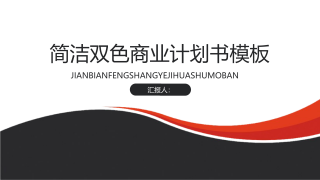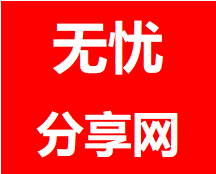中国家族企业不同发展阶段
研究生论文1摘要家族企业作为一种经济组织形式,源远流长,久盛不衰。至今依然是国内外广泛存在的企业组织形式。具体就我国而言,自改革开放以来,作为经济高速发展重要力量的私营企业中的绝大多数都具有鲜明的家族性。家族企业已经成为我国经济增长、吸纳就业、增加居民收入、促进全面小康社会建设、构建和谐社会的一支最活跃、最有发展潜力的生力军。它们的兴衰成败直接关系到社会经济的发展。但是这些家族企业在发展中遇到了很多问题。它们很多缺的不是资金、市场和技术,而是人才与保证企业长治永安的制度基础,如何选择适宜的治理模式是值得我们研究和重视的问题。本文以委托代理理论、企业产权理论、企业生命周期等理论为基础,以当前我国...
相关推荐
-
【拔高测试】沪教版数学五年级下册期末总复习(含答案)VIP免费
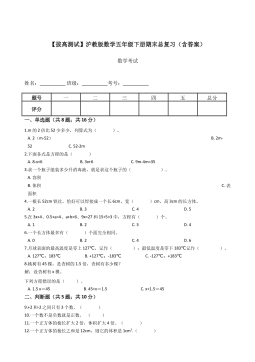
 2024-11-19 19
2024-11-19 19 -
【基础卷】小学数学五年级下册期末小升初试卷四(沪教版,含答案)VIP免费
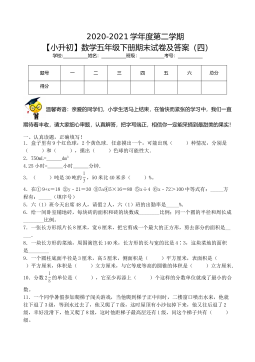
 2024-11-19 9
2024-11-19 9 -
期中测试B卷(试题)-2021-2022学年数学五年级上册沪教版(含答案)VIP免费
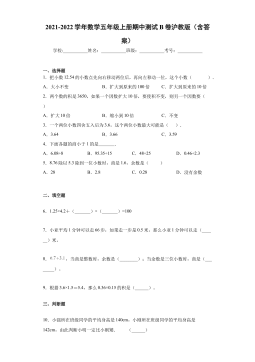
 2024-11-19 11
2024-11-19 11 -
期中测试B卷(试题)- 2021-2022学年数学五年级上册 沪教版(含答案)VIP免费
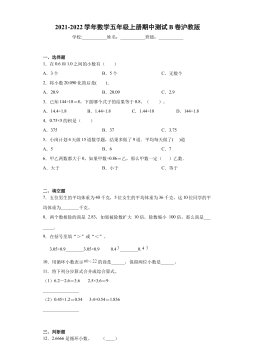
 2024-11-19 16
2024-11-19 16 -
期中测试A卷(试题)-2021-2022学年数学五年级上册沪教版(含答案)VIP免费
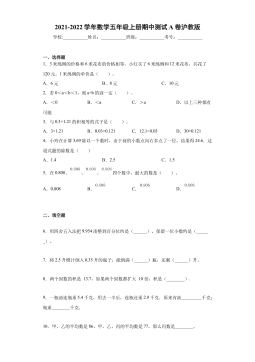
 2024-11-19 18
2024-11-19 18 -
期中测试A卷(试题)-2021-2022学年数学五年级上册 沪教版(含答案)VIP免费
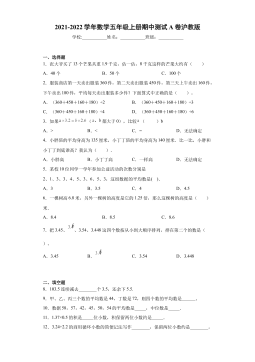
 2024-11-19 25
2024-11-19 25 -
期中测B试卷(试题)-2021-2022学年数学五年级上册 沪教版(含答案)VIP免费
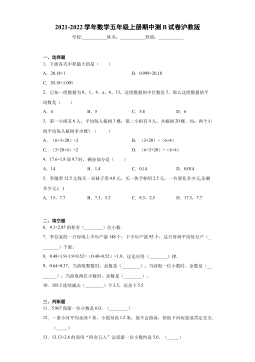
 2024-11-19 23
2024-11-19 23 -
期中测A试卷(试题)-2021-2022学年数学五年级上册沪教版(含答案)VIP免费

 2024-11-19 31
2024-11-19 31 -
【七大类型简便计算狂刷题】四下数学+答案
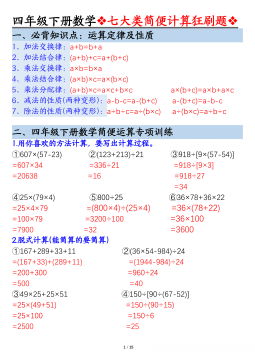
 2025-03-18 16
2025-03-18 16 -
【课内金句仿写每日一练】四下语文
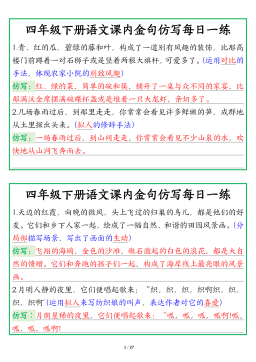
 2025-03-18 39
2025-03-18 39
相关内容
-

期中测试A卷(试题)-2021-2022学年数学五年级上册 沪教版(含答案)
分类:中小学教育资料
时间:2024-11-19
标签:无
格式:DOCX
价格:5 积分
-

期中测B试卷(试题)-2021-2022学年数学五年级上册 沪教版(含答案)
分类:中小学教育资料
时间:2024-11-19
标签:无
格式:DOCX
价格:5 积分
-

期中测A试卷(试题)-2021-2022学年数学五年级上册沪教版(含答案)
分类:中小学教育资料
时间:2024-11-19
标签:无
格式:DOCX
价格:5 积分
-

【七大类型简便计算狂刷题】四下数学+答案
分类:中小学教育资料
时间:2025-03-18
标签:数学计算;校内数学
格式:PDF
价格:1 积分
-

【课内金句仿写每日一练】四下语文
分类:中小学教育资料
时间:2025-03-18
标签:无
格式:PDF
价格:1 积分


